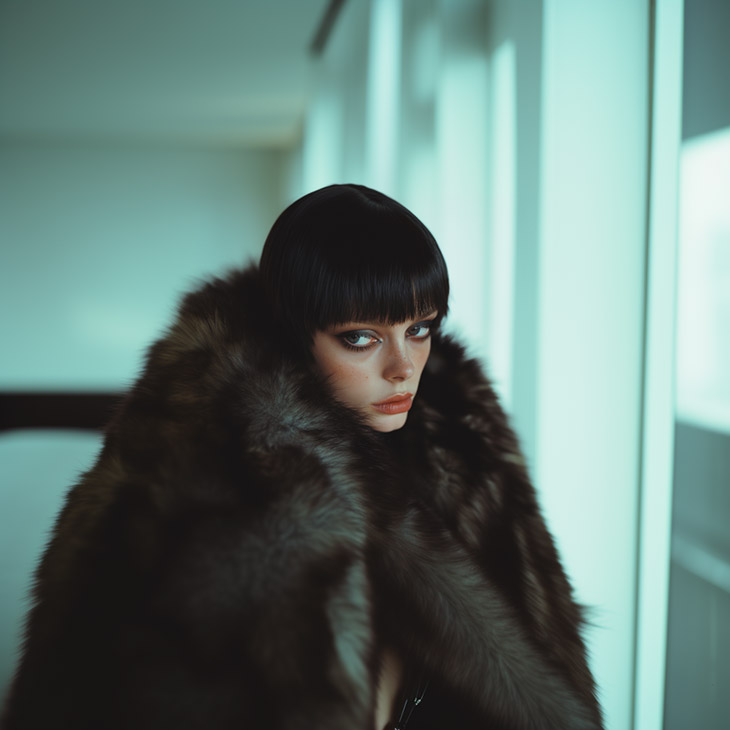
Selling a fur coat might seem straightforward, but for anyone entering the world of second-hand luxury, it’s a different experience. Fur coats have a unique value, tied closely to their craftsmanship, brand, and even the rarity of the materials used.
This guide covers what you need to know to make smart, informed choices, helping you navigate the selling process with ease. With a few helpful tips, the journey can feel a lot simpler – and hopefully, a bit more profitable too.
The Market for Fur Coats
The fur market has its quirks; it’s a blend of traditional buyers, vintage enthusiasts, and sometimes even designers looking for something unique to repurpose. But before setting a price or listing the item, it’s key to know who buys fur coats and why they’re drawn to them. In general, buyers fall into a few main categories:
Vintage Fashion Collectors
These buyers appreciate the craftsmanship of older pieces and the history behind them. A well-maintained mink or fox fur coat can capture the attention of someone who loves both luxury and nostalgia. They’re often particular, seeking coats in excellent condition with minimal wear and an elegant silhouette.
Practical Wearers
Some buyers want genuine fur for its warmth and functionality rather than fashion. They often prefer heavier, thick-pile coats that can withstand cold climates. For instance, a fur coat might appeal to someone facing a harsh winter and looking to enhance their outdoor wardrobe.
Eco-Conscious Designers
With the growing trend of sustainability, some designers and brands buy fur coats to repurpose them. They reclaim existing fur rather than sourcing new, giving old fur new life as trim for jackets, gloves, or even handbags.
Understanding these buyer profiles can help you decide how to position your coat. Is it a sleek vintage piece for collectors, or a well-worn coat with lots of warmth left? Tailoring listings to the needs of these buyers helps increase your chances of making a sale.
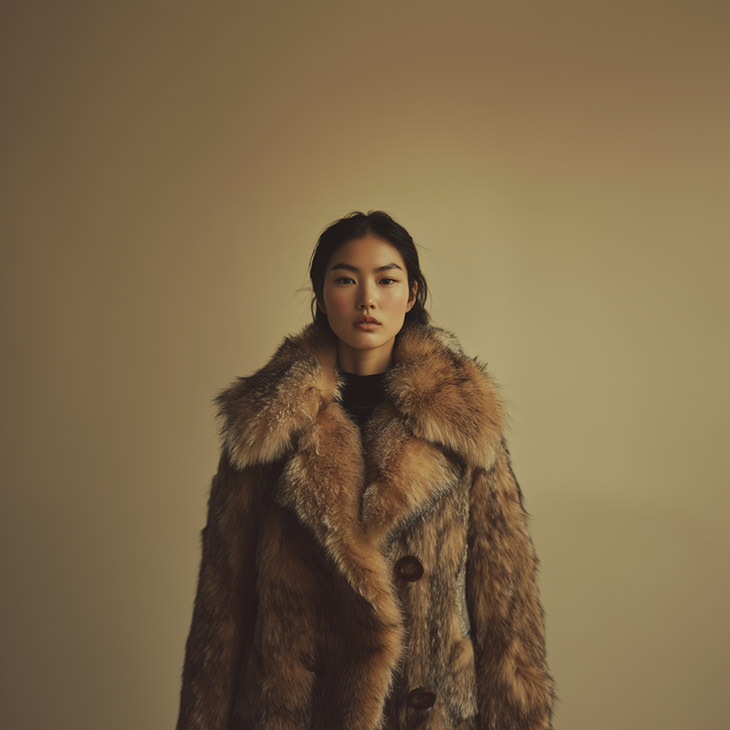
The Value of Your Fur Coat
Factors like age, condition, style, and craftsmanship all play a role. Generally, newer coats in excellent condition, especially those from high-end brands, tend to hold the highest value. However, certain vintage furs can also attract collectors willing to pay a premium if the coat’s rare or has a unique design.
Look closely at these elements to assess your coat’s worth:
- Condition: Well-maintained furs with minimal wear, no odors, and strong linings are more valuable.
- Type of fur: Mink, sable, and chinchilla are typically high-value furs, while rabbit or muskrat furs tend to fetch lower prices.
- Brand and craftsmanship: Renowned brands or custom-made pieces often add significant value due to their quality and attention to detail.
- Style and popularity: Trends can impact value, with certain cuts or colors being more desirable in today’s market.
For an accurate estimate, you may consider a professional appraisal or research comparable listings online. Knowing your coat’s value can help you set a realistic price and attract serious buyers.
How To Prepare Your Fur Coat for Sale
Before listing your fur coat, a bit of preparation can make all the difference in attracting buyers and ensuring you get the best price.
Here’s a step-by-step guide to help you get your fur coat sale-ready:
- Inspect for damage: Check for any tears, loose stitching, or worn spots. Minor repairs can often be done at a local tailor or furrier, while more extensive damage might require a professional fur specialist. Small investments in repair can increase your coat’s appeal and value.
- Clean the fur: Fur requires specialized cleaning to maintain its texture and shine. Avoid typical dry cleaners and instead, take your coat to a fur cleaning specialist who can handle the delicate materials properly. A freshly cleaned coat will look its best and be free of any musty odors.
- Condition the leather backing: Furs have a leather backing that can dry out over time. Professional furriers can condition this backing to keep it supple, which prevents cracking and extends the life of the coat. This step is especially important if the coat has been stored for a while.
- Refresh the lining: If the lining looks dull or has stains, consider having it cleaned or even replaced. A clean, intact lining reflects the quality of the coat and reassures buyers that it’s well cared for.
- Take high-quality photos: Presentation matters. Use natural lighting and a plain background to photograph the coat from multiple angles. Include close-ups of any unique features, like a brand label, fur type, or intricate details. These photos help buyers see exactly what they’re purchasing, which can build trust and attract serious interest.
- Store properly until sale: While waiting to sell, keep the coat in a cool, dry space away from direct sunlight to prevent discoloration. Use a breathable garment bag for protection, avoiding plastic, which can trap moisture.
These steps can help showcase your fur coat in its best light and increase your chances of a successful sale. A bit of attention to detail can go a long way toward making a strong impression on potential buyers.
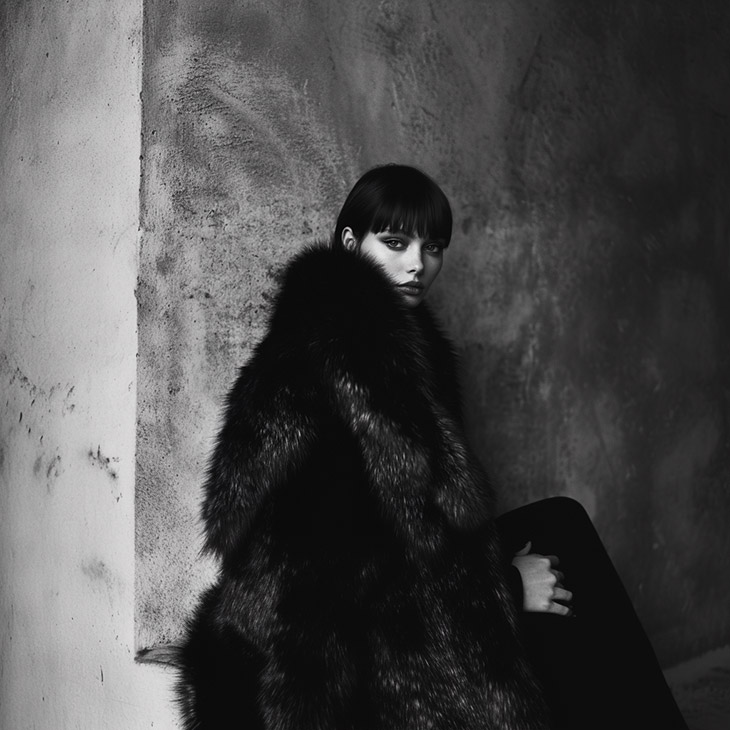
Which Is the Right Platform for Selling
Here’s a quick look at the most popular options:
- Online marketplaces: Online marketpacesoffer a large audience and flexible pricing options. These platforms work well if you’re looking to reach a broad range of buyers and want control over pricing and listing details.
- Luxury consignment sites: These sites can connect your coat with buyers specifically seeking high-quality, authentic item. They handle much of the selling process, but they take a commission on each sale.
- Local consignment shops: Selling locally through consignment stores or vintage boutiques can save you the hassle of shipping and let buyers see the coat in person. It’s also a good option if you prefer working with a trusted shop that knows the local market for luxury or vintage items.
- Social media and specialty groups: Consider joining social media groups, forums, or communities dedicated to fur or luxury fashion. These spaces allow you to connect with a niche audience, often with direct communication between buyers and sellers.
Each platform has its pros and cons, so choose one that fits your selling goals and comfort level. Whether online or in-person, finding the right platform increases your chances of connecting with the ideal buyer.
Finally, selling a fur coat can be a chance to give a cherished piece a new life with someone who’ll appreciate its value and style. With the right preparation, platform, and approach, you can turn what might feel daunting into a smooth, rewarding experience. Start by putting these steps into action and let the right buyer find your piece.
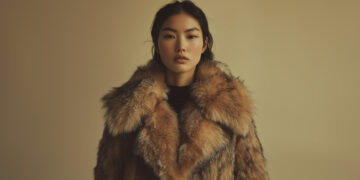













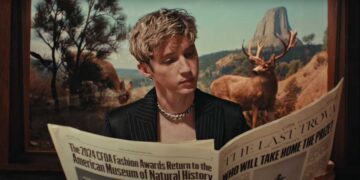
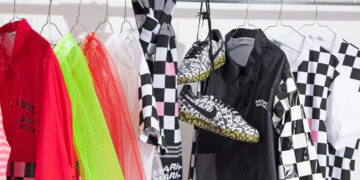
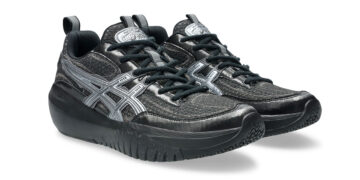

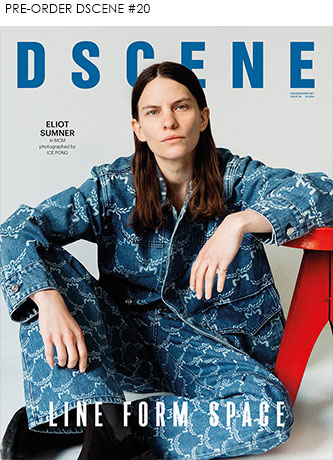

when it comes to fur I am okay only when it comes to buying vintage fur coats! I do hope you are not suggesting for people to buy new coats and then reselll themm….